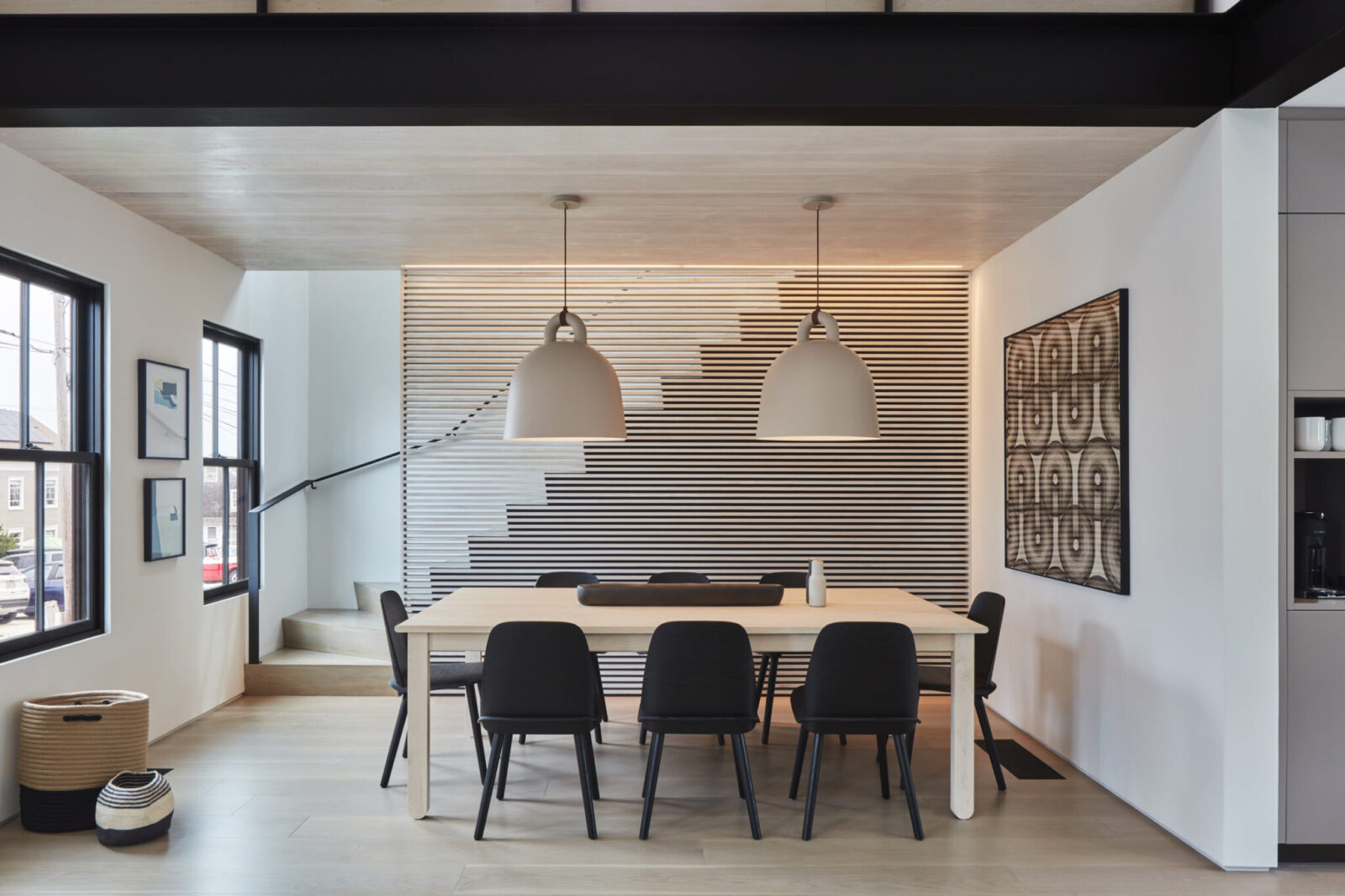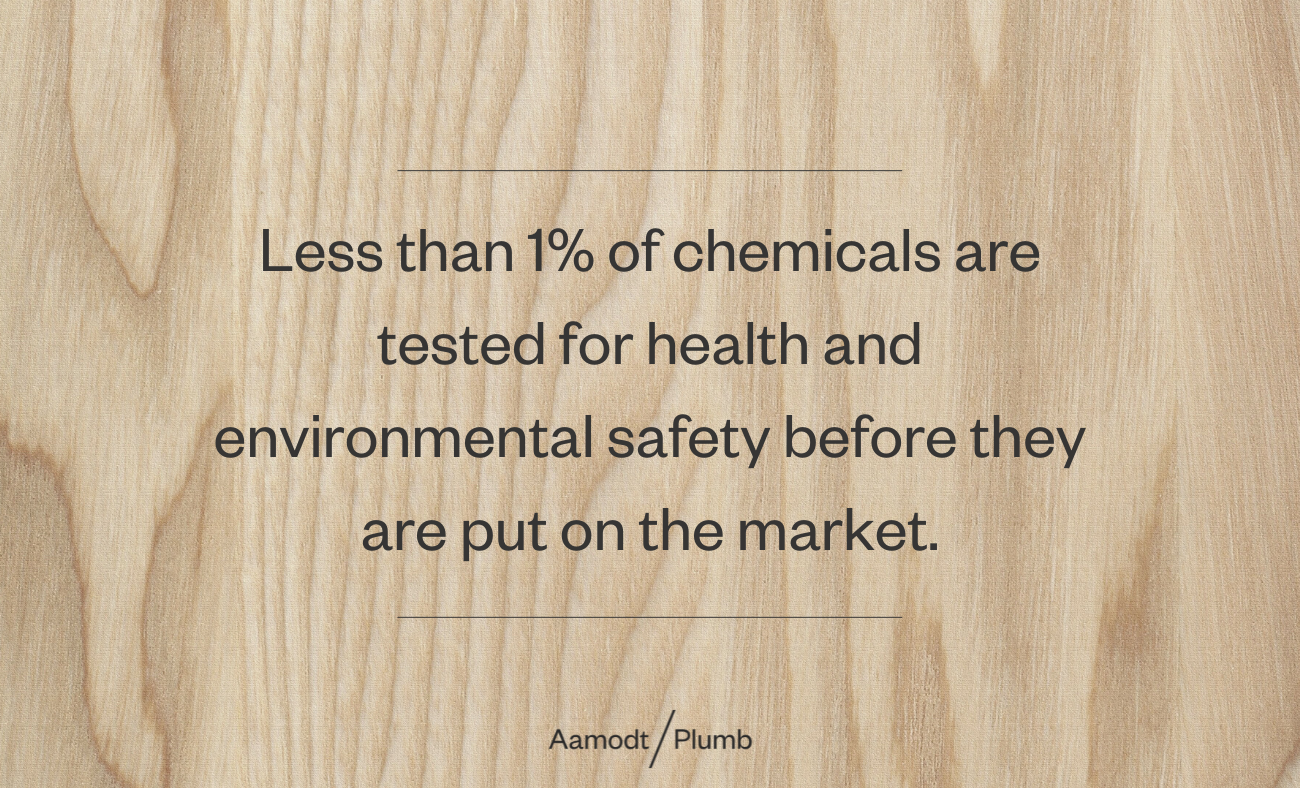
Slow Space: Clean Buildings for Better Health and Wellbeing
Our Slow Space blog series continues with a deep dive into how we define “Clean” and exactly why a slow space design approach is critical for the health and wellbeing of people and planet.
Buildings have a significant effect on both the health of the people who occupy them, and the health of the environment in which we all live. Health and wellbeing have been guiding principles at Aamodt / Plumb since its inception. Mette has had Multiple Sclerosis since she was an architecture student at Harvard Graduate School of Design, but she is not alone. Sixty percent of adults in the US have a chronic illness and the number is increasing rapidly.1
Many factors contribute to this, but one area in the building industry deserves our immediate attention. Since WWII we have seen a dramatic rise in the use of synthetic chemicals in everything from household cleaning products to building materials. Less than 1% of those chemicals are tested for health and environmental safety before they are put on the market.2
Health and wellbeing have been guiding principles since our inception.
For example, a typical housing development in the Northeast is built with vinyl siding, spray foam insulation, and synthetic carpet. Polyvinyl chloride, used to make siding, is a known carcinogen. Spray foam is a two part chemical concoction that must be installed in hazmat suits. And polyester carpeting is a petroleum-based product that off gases chemicals which contributes to asthma.
Materials like these contribute to poor indoor air quality that lead to a host of negative health effects. They also contribute to the carbon emissions and environmental pollution that are accelerating the climate crisis. Most of the plants that produce these chemicals and products are located next to poor, indigenous, and minority communities, leading to increased birth defects, shortened lifespan, and chronic illness. Similarly, cheap, low quality materials are often used in affordable housing developments.

Less than 1% of those chemicals are tested for health and environmental safety before they are put on the market.
Read the next article in our SLOW SPACE Series:
SLOW SPACE: CLEAN BUILDING MATERIAL SELECTION
Endnotes:
1 Centers for Disease Control and Prevention, “Chronic Diseases in America,” 2020.
2 “84,000 Chemicals on the Market, Only 1% Have Been Tested for Safety,” EcoWatch: 2015;




